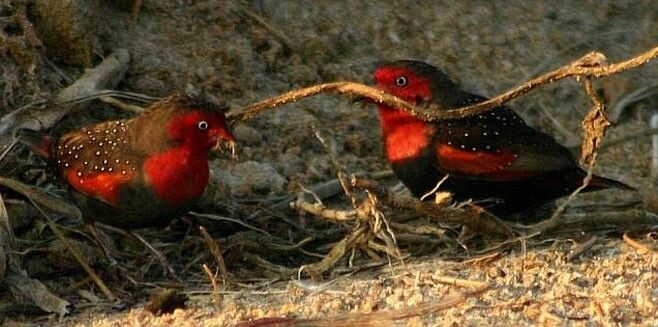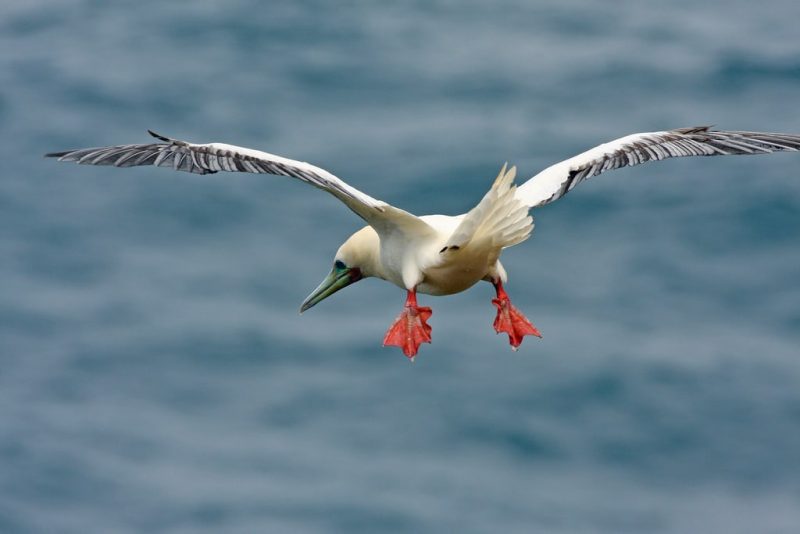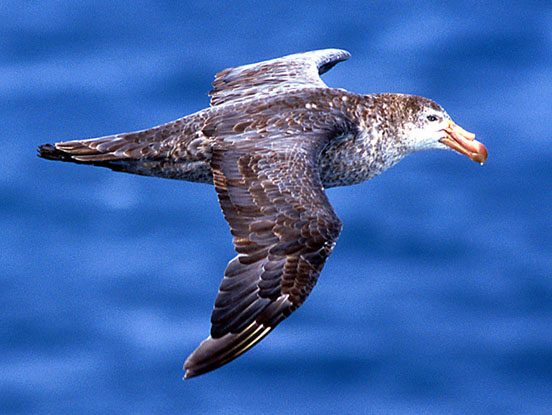1) Fastest biped

3 amusing characteristics of ostriches
Ostrich is the fastest biped and can sprint at speeds of 50 miles or 70 kilometers per hour covering 5m in a single stride, but for short periods of time. It has huge razor-sharp velociraptor-feet. The two toes, with the large nail of the inner bigger toe on each foot, which resembles a hoof, aids in running.
2) Rocks in the stomach
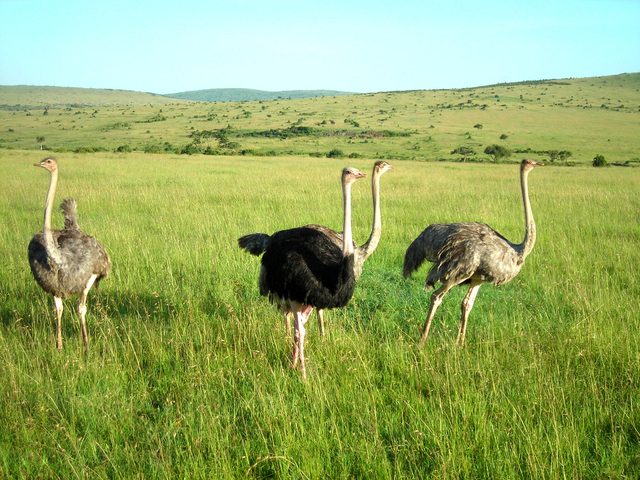 The ostrich is an omnivore. Therefore, it eats a variety of both animals and plants. The diet mainly consists of grass, leaves, seeds, flowers, roots and berries along with insects found on the ground and small reptiles and mammals. Lacking teeth, it swallows small stones to grind its food. At any given time, an ostrich carries in its stomach 1kg of stones.
The ostrich is an omnivore. Therefore, it eats a variety of both animals and plants. The diet mainly consists of grass, leaves, seeds, flowers, roots and berries along with insects found on the ground and small reptiles and mammals. Lacking teeth, it swallows small stones to grind its food. At any given time, an ostrich carries in its stomach 1kg of stones.
3) Head in the sand
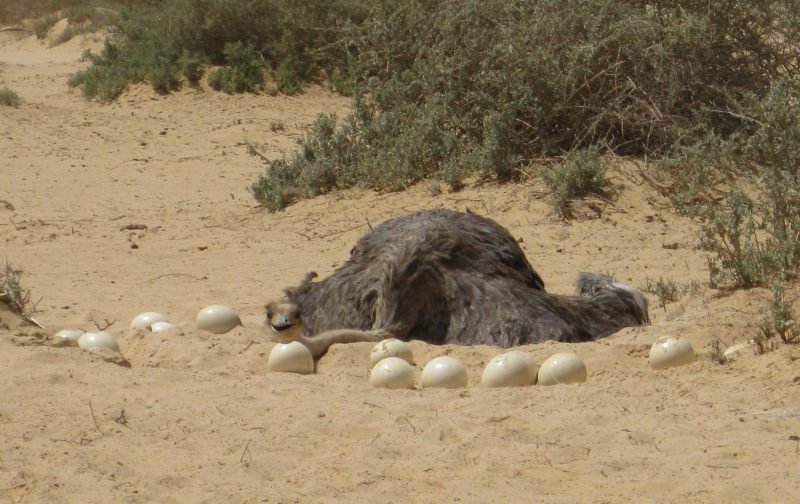 Contrary to widespread belief, ostriches do not bury their heads in the sand. At the approach of predators or trouble, the bird takes a defensive behaviour of lying low and flat, pressing its long neck to the ground to become less visible. In this posture, its plumage blends well with sandy soil. From a distance, it gives the appearance that it has buried its head in the sand.
Contrary to widespread belief, ostriches do not bury their heads in the sand. At the approach of predators or trouble, the bird takes a defensive behaviour of lying low and flat, pressing its long neck to the ground to become less visible. In this posture, its plumage blends well with sandy soil. From a distance, it gives the appearance that it has buried its head in the sand.
Maasai ostrich farm
Pay a visit to Kenya’s largest ostrich farm, the Maasai ostrich farm, which was founded in 1991 and is situated 45 kilometers outside of Nairobi. Ostriches at the Maasai ostrich farm are domesticated. There are around 700 birds at the farm. It provides the visitors an opportunity to ride the largest species of bird, which very few ostrich farms around the world allow. Amusingly, two attendants run along either side the entire time, so the bird remains at a steady pace. The Maasai ostrich farm ships its decorative feathers, its skin for leather products, its meat, and live ostrich abroad and throughout Kenya. The farm also uses ostriches to race each other on their backs with saddles, bits and reins. Jockeys train at this farm for these ostrich races
To receive a colourful digibook about birds with videos, images and text, please fill out the following form or simply email us on safaris@safari-center.com



